Perhaps there is more to Verbier than meets the eye? Maybe there’s room for us common folk in the Swiss Alps most exclusive ski resort too.
Verbier in the Swiss Alps has a reputation of being the ski resort of choice for minor European royals and the Russian nouveau riche. The exhaust sputterings of Porsche 4x4s stain the snow outside the Rolex shops of the town’s busy centre while world-famous musicians and sports figures frequent the après-ski hotspots. Not quite then, at first glance, the obvious choice for the intrepid Outsider reader, seeking their adventure fix of the high mountain variety. However, always open to a challenge, Team Outsider spent three days exploring the Verbier Saint Bernard region, looking beyond the surface ostentation to find a region of top-class off-piste options, splendid solitude and cultural curiosities. Oh, and he also indulged in just a little bit of pampering as well. Just for research purposes obviously…
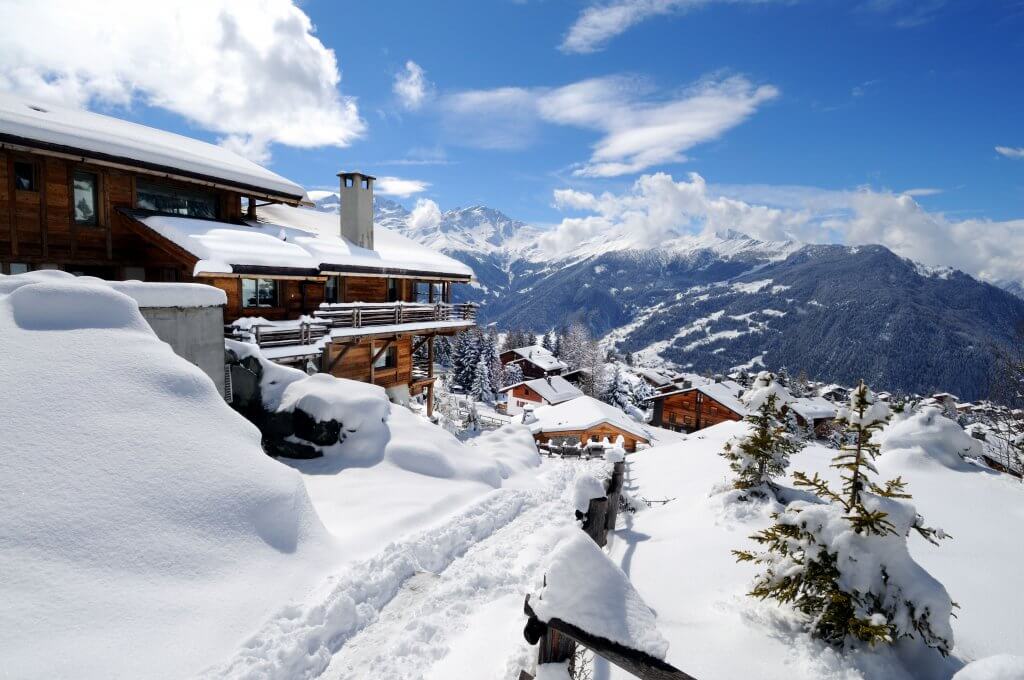
A night of luxury
At over €60 for two beers and a G&T, it is also the location for the most expensive round I have ever shouted.
Verbier Saint Bernard, lies at the ancient crossroads of the Great Saint Bernard Pass, linking the Swiss Valais Alps with the Aosta Valley in Italy. A two-hour transfer from Geneva and an hour from Chamonix, Verbier is part of the Four Valleys ski area. It boasts more than 400km of piste serviced by over 100 lifts. It is the largest connected ski area in Switzerland and one of the largest in the world. At over €60 for two beers and a G&T, it is also the location for the most expensive round I have ever shouted.
How to: Save Money on Your Skiing Holiday
This is the classic face of Verbier – a younger and hipper Klösters upon which the braying classes of Tobys and Cressidas, and latterly Dimitris and Anastasias descend yearly – that greets us. As we relax on the sunlit terrace of the four-star Chalet de Flore in the town centre, nibbling from a platter specially prepared by Michelin star chef Mirto Mirchesi and looking out onto the whites and blues of the Toblerone perfect peaks, this Verbier seems altogether rather agreeable. If we are to see another side to the clichéd luxury of Verbier, we obviously need to experience just a little bit of the opulence first, for control purposes, and the selection of local cheeses, patés, charcuterie and wine seems a good start.
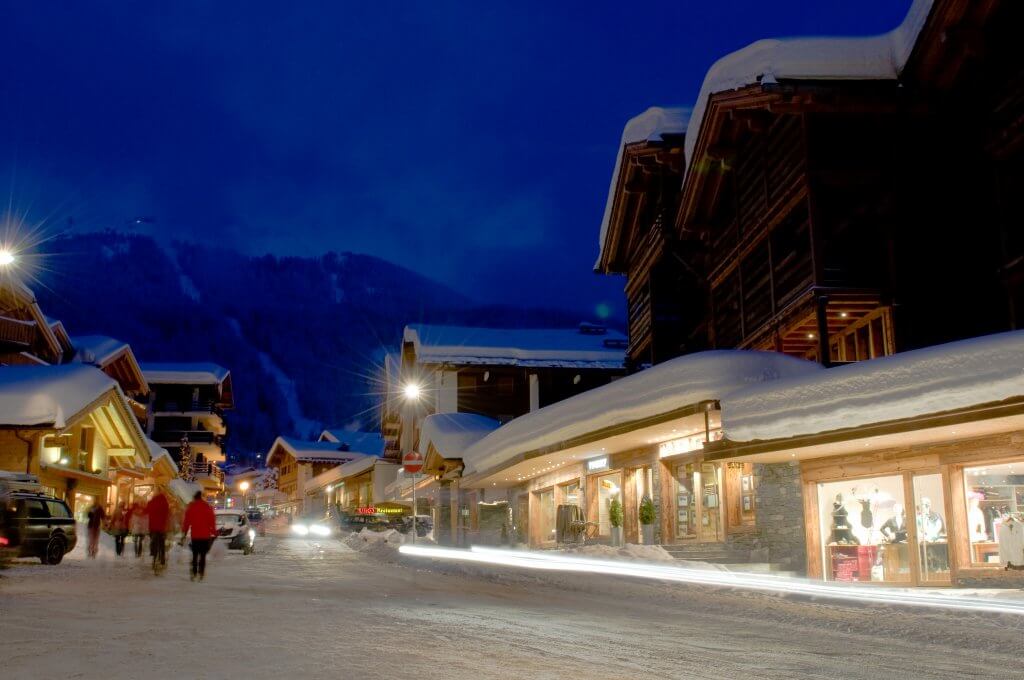
Dinner follows with more Michelin-starred morsels at the Hotel Cordée des Alpes. Owner, Marcus Bratter enthuses wildly about Verbier and its environs. Over delicate neo-fusion delights, the Australian former freestyle ski champion and restaurant entrepreneur holds forth on the merits of living at this particular altitude, his food philosophy and the ‘wellness’ (surely a word that needs eradicating from the language) approach of his spa and pool facilities. Then it’s on to the Farm Nightclub for an ill-advised nightcap. Prince Harry was apparently spotted here the previous New Year’s wearing the face of some swan-necked debutante.
Dazzling views of a different sort are on show as beautiful trustafarians dance and imbibe the night away. Looking impossibly healthy and tanned they lay down €300 for a bottle of vodka without a thought. It is here that the infamous €60 round takes place and plans of further largesse are put firmly in check. A quick stop at the bakery hatch, between the club and the Place Centrale for fresh croissants tops off a night of indulgence.
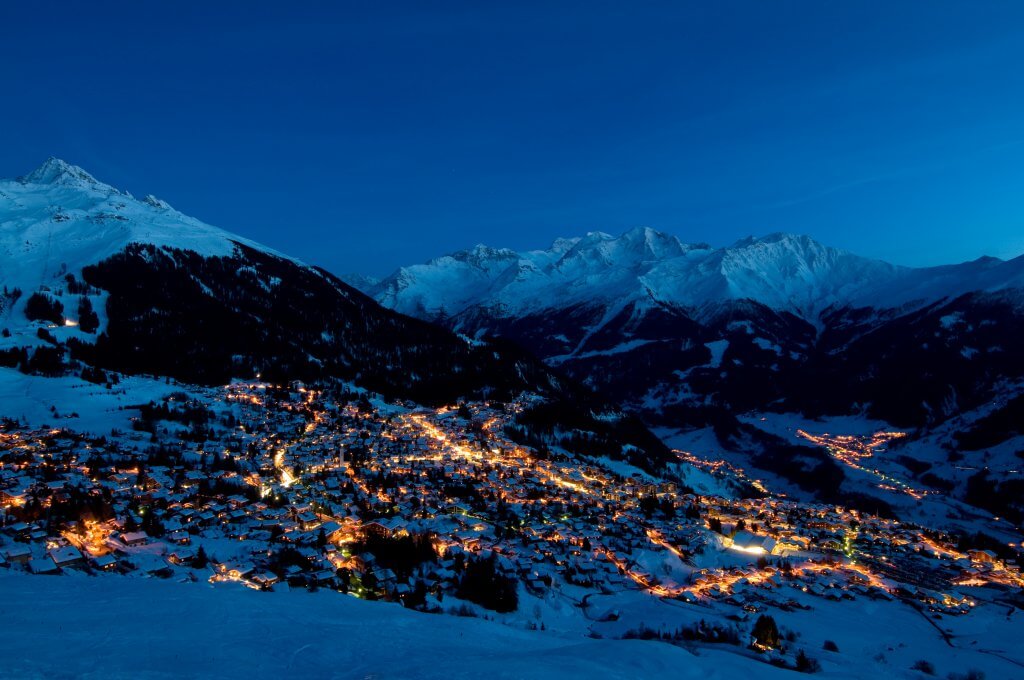
Skiing in Verbier
The following day dawns cloudy in the group’s collective head and through the wall of glass that looks out from our digs in Chalet de Flore. Undeterred, it’s time to see what Verbier has to offer by way of less cosseted experiences. The mountains around Verbier are steep and high – the terrain tending toward the challenging. Nearly a third of the runs here are black. As well as the usual blue, red and black routes, the piste map also indicates suggested off-piste runs with a yellow and black dashed line. Undertaken at your own risk, these routes are a great way to dip into the world of back-country skiing.
Verbier offers a doorway to a world of untracked powder, soaring pinnacles, thrilling gullies and couloirs, and bowls of untracked champagne powder.
And it’s off-piste that Verbier really shows why it is such a draw for adventure seekers. Easily accessible by the fast and comprehensive lift system and having a clear view of you’re going how to link back up with the lifts, Verbier offers a doorway to a world of untracked powder, soaring pinnacles, thrilling gullies and couloirs, and bowls of untracked champagne powder. As with any resort, hiring a local guide to take you to those secret powder stashes and hidden forest routes is always the best option.
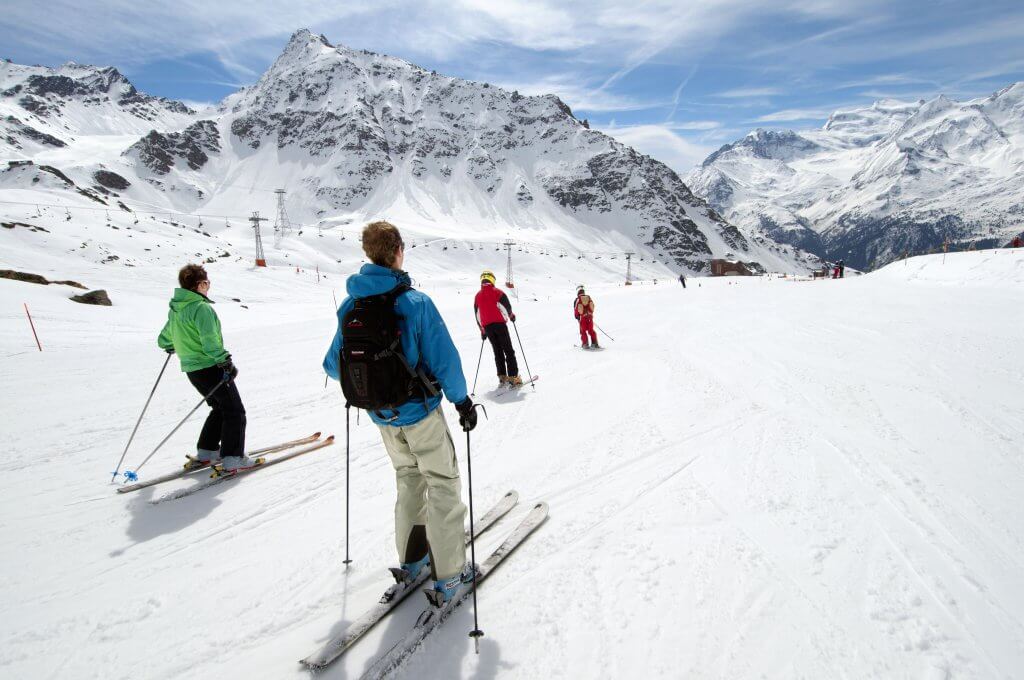
Despite visibility issues we spend a day happily throwing ourselves down endless slopes, sometimes losing each other in the near white-out. The vast off-piste Col des Gentienes leads us down into the next valley through a wide expanse of powder. A second less-researched back-country foray finds us inching our way along the two-foot wide path with the Vallon d’Arbi falling away steeply below. Dropping too far down requires a half hour hike to get us back up to civilisation, by which time through aching limbs and parched lips, thoughts have turned to lunch.
Lunch on the slopes
Opening last year, La Vache restaurant at 2,730m represents a radical idea in on-slope dining: good restaurant fare for non-exorbitant prices. But as this is Verbier even a reasonably priced restaurant must have a touch of stardust sprinkled on. La Vache is jointly owned by girl-voiced songster and rhyming-slang inspiration James Blunt, and granite-chinned English rugby international, Lawrence Dallaglio.
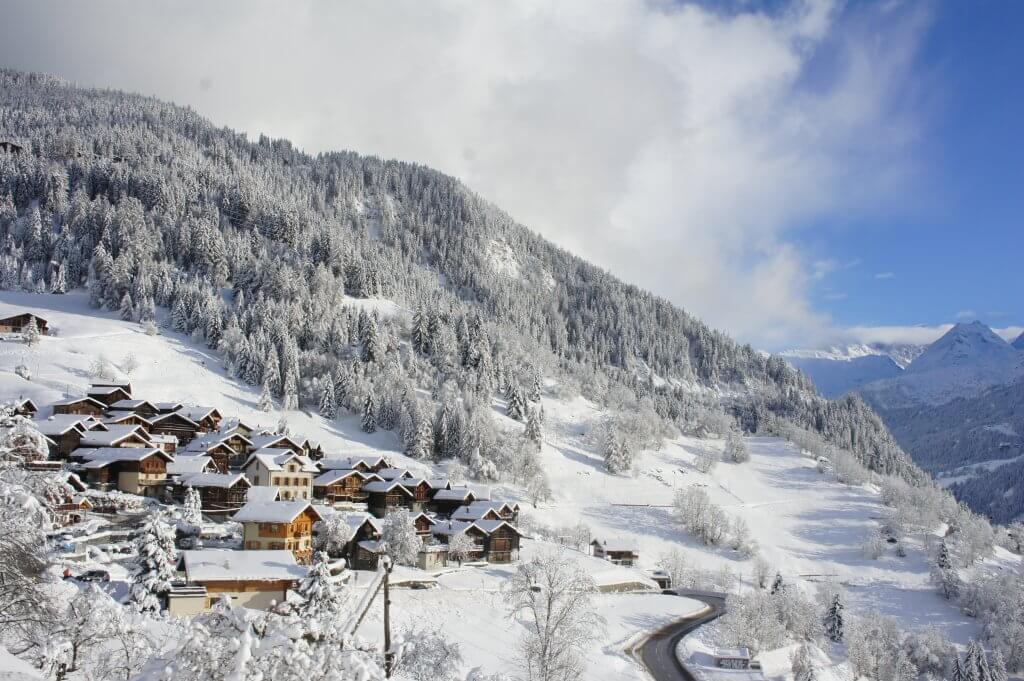
Despite misgivings about lining the pockets of someone who should really be in the Hague for crimes against music, we sit down to an excellent lunch. Thin base pizzas, gourmet burgers and pitchers of bloody Mary are the order of the day.
The luvviedom continues when we learn that the owners each have a signature pizza, devised by ardent amateur skier and gastronomic Frankenstein, Heston Blumenthal, to reflect their personalities. Disappointingly they turn out not to be made of compressed osmium wreathed in sublimated angel tears, but rather more traditional ingredients. ‘Blunty’ has a pizza comprising pepperoni, spiced beef and chilli peppers. It would seem that either Heston’s never actually listened to a James Blunt track or the choice of ingredients is a deliberate PR stunt to counteract his inherent blandness. The food is excellent and prices really are fair – a pizza comes to about €16, a burger €20. Disappointingly, Blunt is apparently a bloody nice chap to boot.
The Cabane du Mont-Fort
As light fails we start to make our way as high as possible to reach our destination for the night, the Cabane du Mont-Fort. Situated dramatically on a bluff overlooking the valley, the Cabane lies just below the highest point of the area at 3,300m, Mont-Fort. The cabin is one of many along the Haute Route from Chamonix to Zermatt, only accessible by hiking or skiing.
Despite the cold, it is difficult to tear yourself from this peace. The serenity is intoxicating. There is a sense of isolation, of being cut off from normal life and the world below.
Staying at altitude, away from the noise and parties of the town below, the area takes on a totally different attitude. Gone are the Eurotrash stylings of the masses, the conspicuous displays of money. Here it is possible to appreciate the mountains, not as a ski area or a holiday destination but as spectacles of nature. As the sun sets over the valley, the snow on the promontory around the cabin is dyed pink, then purple, then red. There is complete silence, broken only by a loud laugh from the fire-blazing common room inside.
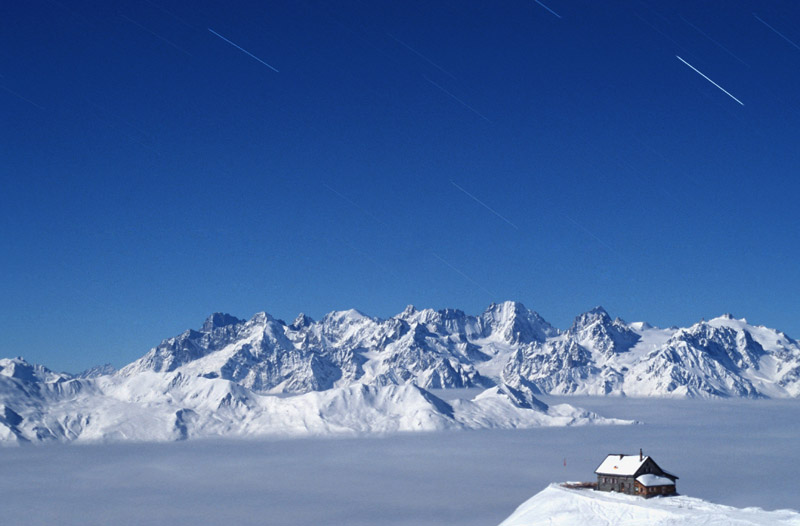
Despite the cold, it is difficult to tear yourself from this peace. The serenity is intoxicating. There is a sense of isolation, of being cut off from normal life and the world below. It is a reminder of how seldom we find ourselves in a place of uninterrupted calm.
Once away from the darkling mountains, Cabane owner and guide, Daniel Bruches and his wife Frances serve up a fine dinner of the hearty variety. Think spag bol and fondue accompanied by a plentiful supply of decent red – just what’s needed after the exertion reaching this outpost. Delicious tiredness fights with the temptation to sit up chatting and supping. A puzzling picture on the bathroom wall of two cows sporting numbers and engaged in what appears to be a fairly full-on fight begs an explanation from Daniel but tiredness wins. A cosy bunk in the intimately proportioned rooms is too much to resist and the image is forgotten.
A bit of culture
That image, however, pops up again and again – on beer labels, restaurant walls, emblazoned on the giant cowbells that hang above doorways. Finally, an explanation is forthcoming from the owner of the Au Vieux Restaurant in Champex-Lac. After a stomach-bursting few rounds against the raclette, prepared over an open fire, the story emerges of the traditional sport of cow fighting. Begun in the 1920s (OK, it’s a fairly new tradition), organised fights between cows (as in female) have been taking place as the animals are moved up to the summer pastures.
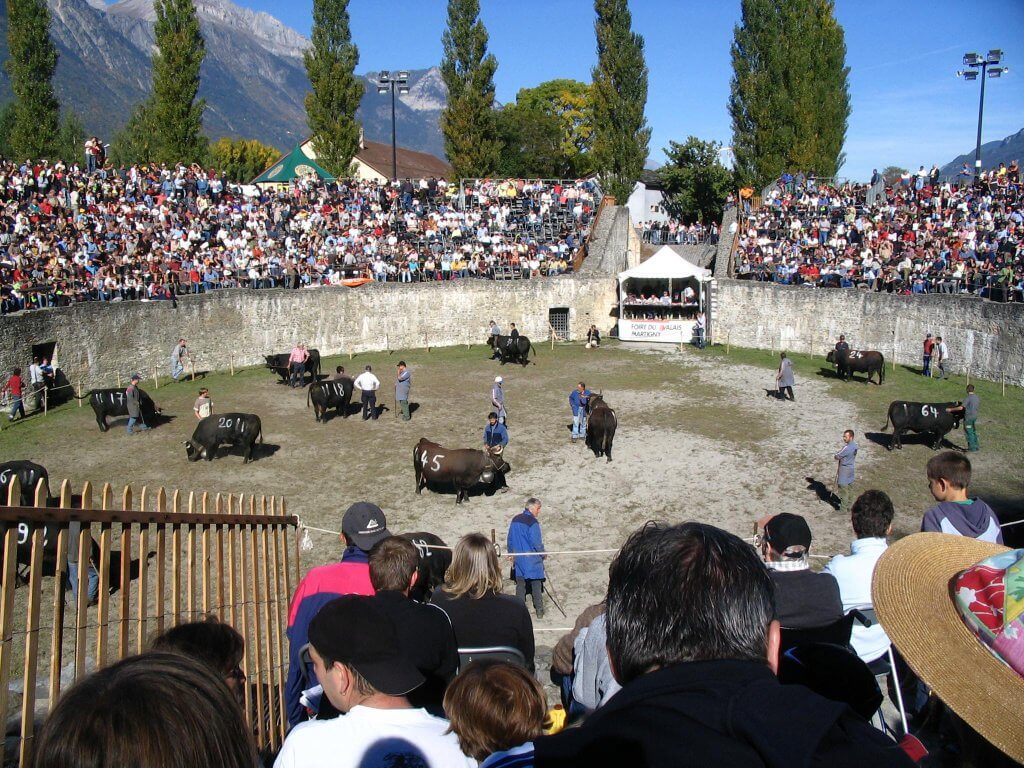
According to local farmers, the local Héren breed of cattle is naturally aggressive and pretty much always spoiling for a scrap. The ‘Combats de Reine’, or Queens’ Fight, is a serious business, with calves of tournament winners or Queens commanding prices of nearly €20,000. Despite their ‘small but angry’ nature, the bouts tend to be harmless enough affairs. Their short horns are pre-blunted and the six different weight classes often face each other in more of a shove-off than a fight. The winner is crowned La Reine des Reines – The Queen of Queens and it’s monetary value soars. There have even been stories of rival Queens killed in pursuit of glory.
Champex-Lac itself is a beautiful lakeside village. Popular with visiting English travellers in the 19th century, it still retains something of the Empire about it. The architecture has a decidedly colonial style to it, exemplified by the faded grandeur of the Hotel Splendide. The frozen lake in the centre of the village is circled by a nature trail and can be skated on when deeply frozen. There is also a man-made frozen spout of ice used to practice ice-climbing close by. The historical tunnels, bravely dug by the Swiss government during WWII to hide in should things go pear-shaped, are also worth a visit.
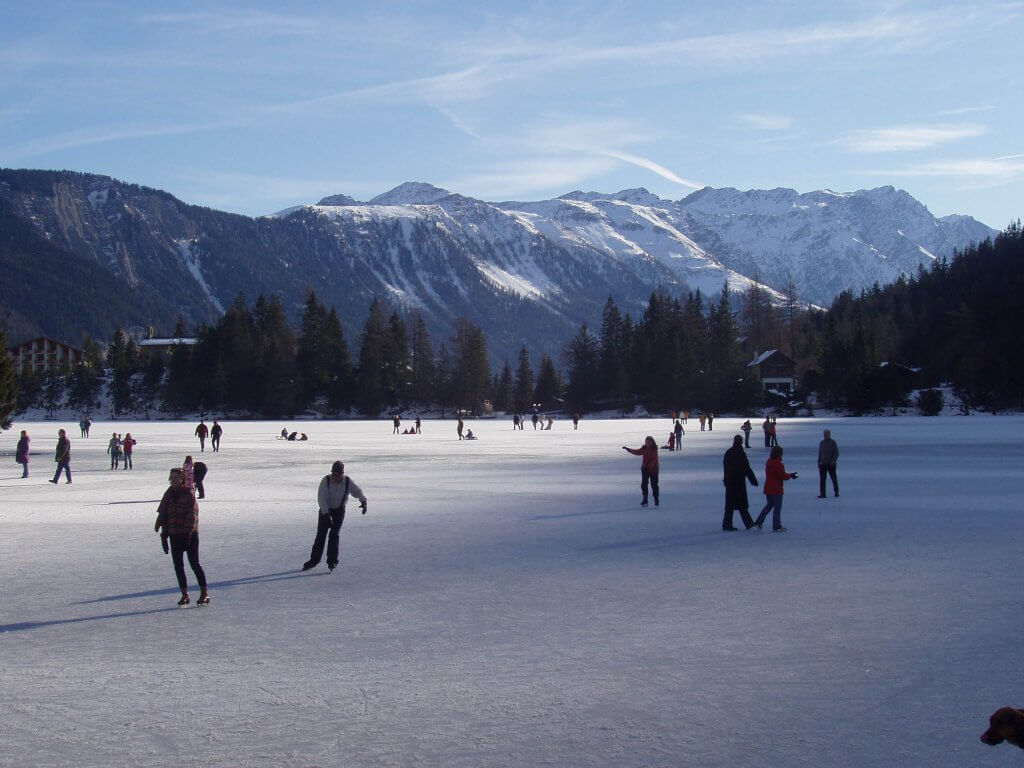
Our last night finds us in the unique hamlet of Commeire. It comprises a handful of dilapidated stone buildings and sheds. Home to never more than a few dozen families, the village was by post-war years in danger of being abandoned completely. Enter Ludovic Orts and Benôit Greindl of the company Montagne Alternative. These developers have bought up disused and derelict barns and outhouses, converting them into the finest examples of conservation architecture imaginable.
The ethos of the Montagne Alternative is to offer a return to simplicity and remove clutter – both externally and internally.
The guiding principles of sustainability and sensitivity to the existing structures are evident in the entire development. Everything is as carbon neutral as possible, materials are reclaimed and design is deliberately spartan. The ethos of the Montagne Alternative is to offer a return to simplicity and remove clutter – both externally and internally. Morning’s start with yoga classes in the custom studio. What better way to prepare for a day’s off-piste boarding or ski touring? Massage therapists are on hand at the end of the day to ease tired limbs.
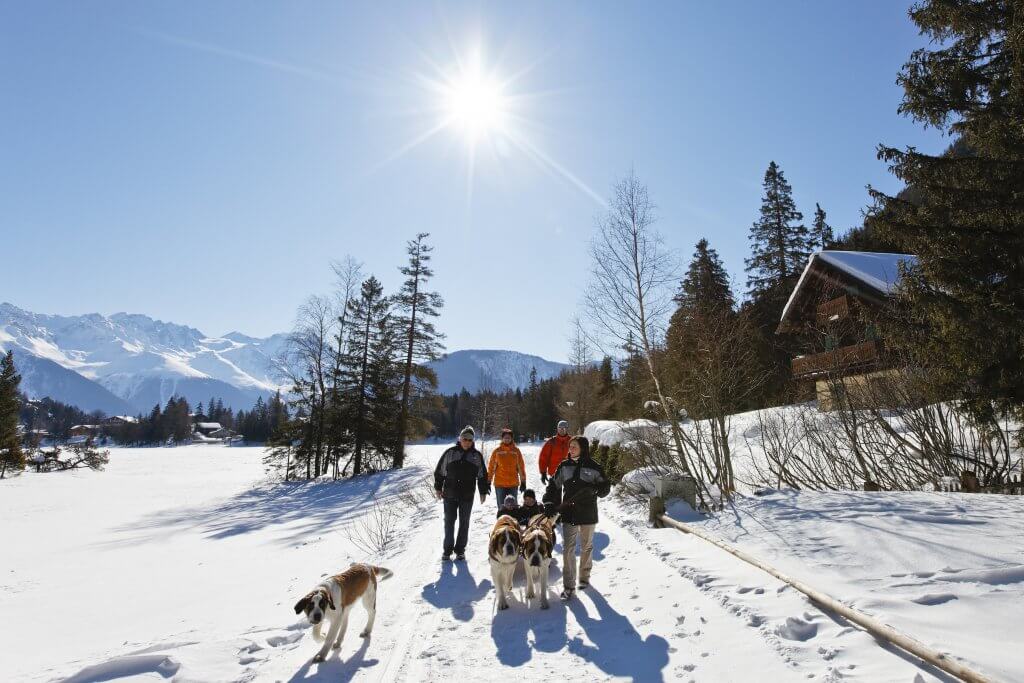
The clutter-free ethos even extends to the lack of art on the walls of the converted eco-barns. The beauty of the superlative-exhausting mountains surrounding the village make any art seem redundant. There’s probably a moral or metaphor or something about harmony with the environment to be drawn from all this. You know – one that underlines some of the points made in this piece. Sadly it’s escaped me so just assume it was trenchant and profound. Namaste.
Check out our Hard as Nails podcast:
Other articles you might be interested in:


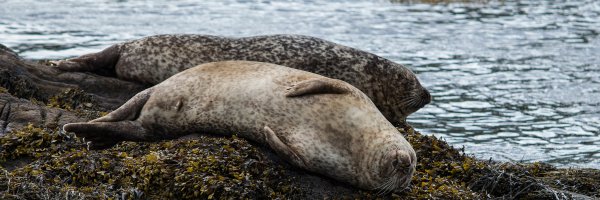
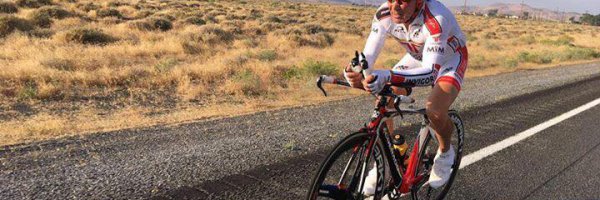







nice post